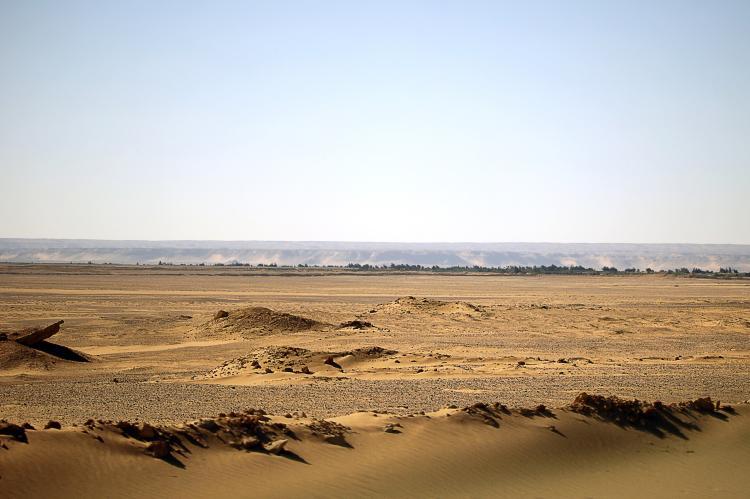Egypt Commence the Construction of a 15 Million Cubic Feet Gas Pipeline in Western Desert

Egypt commences the construction of a major gas pipeline with an expected gas output of 15 million cubic feet per day, Egypt’s Petroleum Ministry said through a Facebook post on Saturday, October 9, 2021, citing the head of General Petroleum Corporation.
According to Saturday’s post, the company currently has a production capacity equivalent to 74,000 barrels of crude oil per day. The new oil and gas pipeline construction in the Western Desert is the latest in a string of oil and gas exploration partnerships with international companies.
Last month alone, the North African country signed nine new agreements for natural gas exploration, increasing the total number of exploration agreements to 44. The newly signed exploration agreements will lead to a $1 billion investment, and a $24 million signature grant as the country’s oil and gas sector make a major leap.
In 2020, the country witnessed 8 natural gas discoveries: six in the Western Desert and two more in the Mediterranean, adding approximately 600 billion cubic feet to the country’s reserves. In addition to that, four gas production and development projects of the discovered fields were implemented at the cost of $4 billion.
Also, the country added 15 new wells producing a daily average of 1.4 billion cubic feet of natural gas and 25000 barrels of condensate on the map, pushing the total daily average to more than 6.8 billion cubic feet of natural gas produced per day.
Egypt’s electricity sector is the largest consumer of the gas produced, taking up more than 60 percent of the country’s total gas produced. The industrial sector comes second with more than 22% consumption, followed by gas and petrochemical derivatives taking 11% of the gas. Domestic, vehicle and home use consume the least gas, estimated to be 6%.

